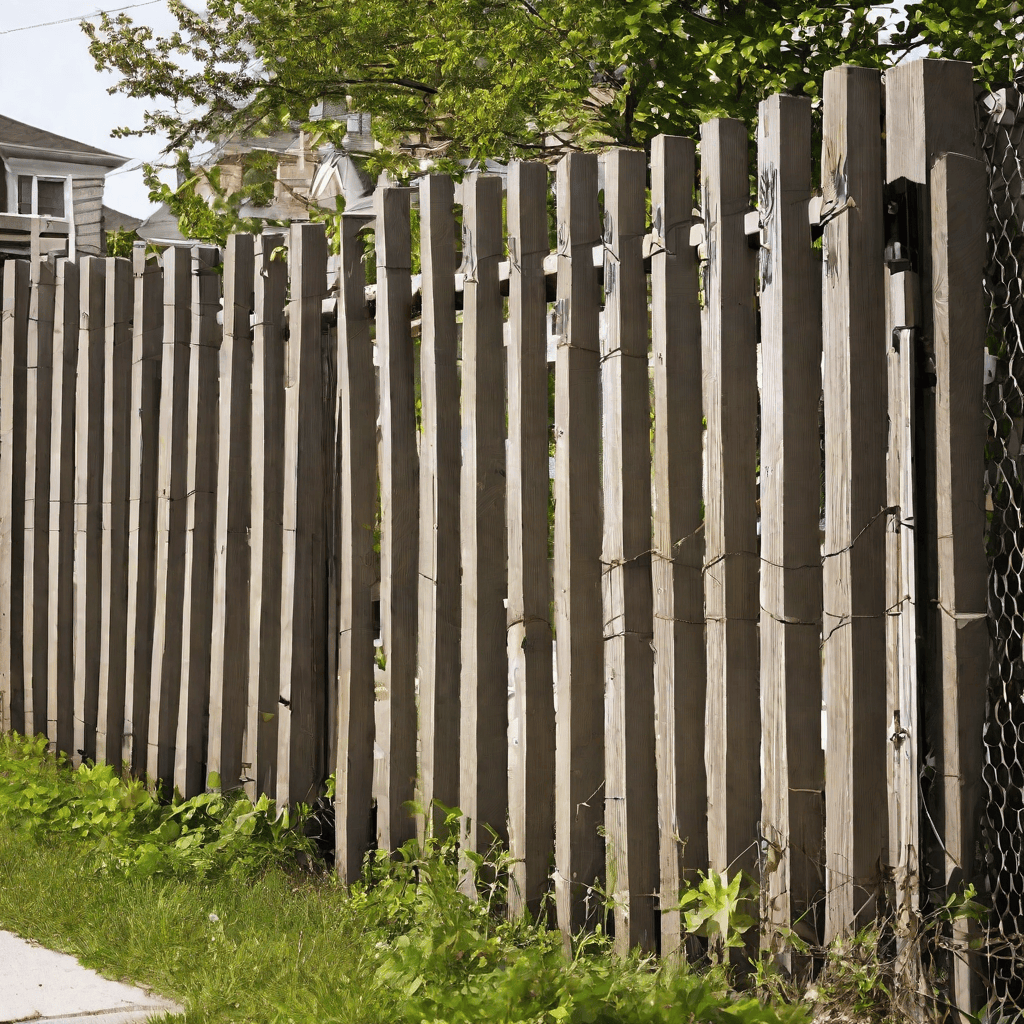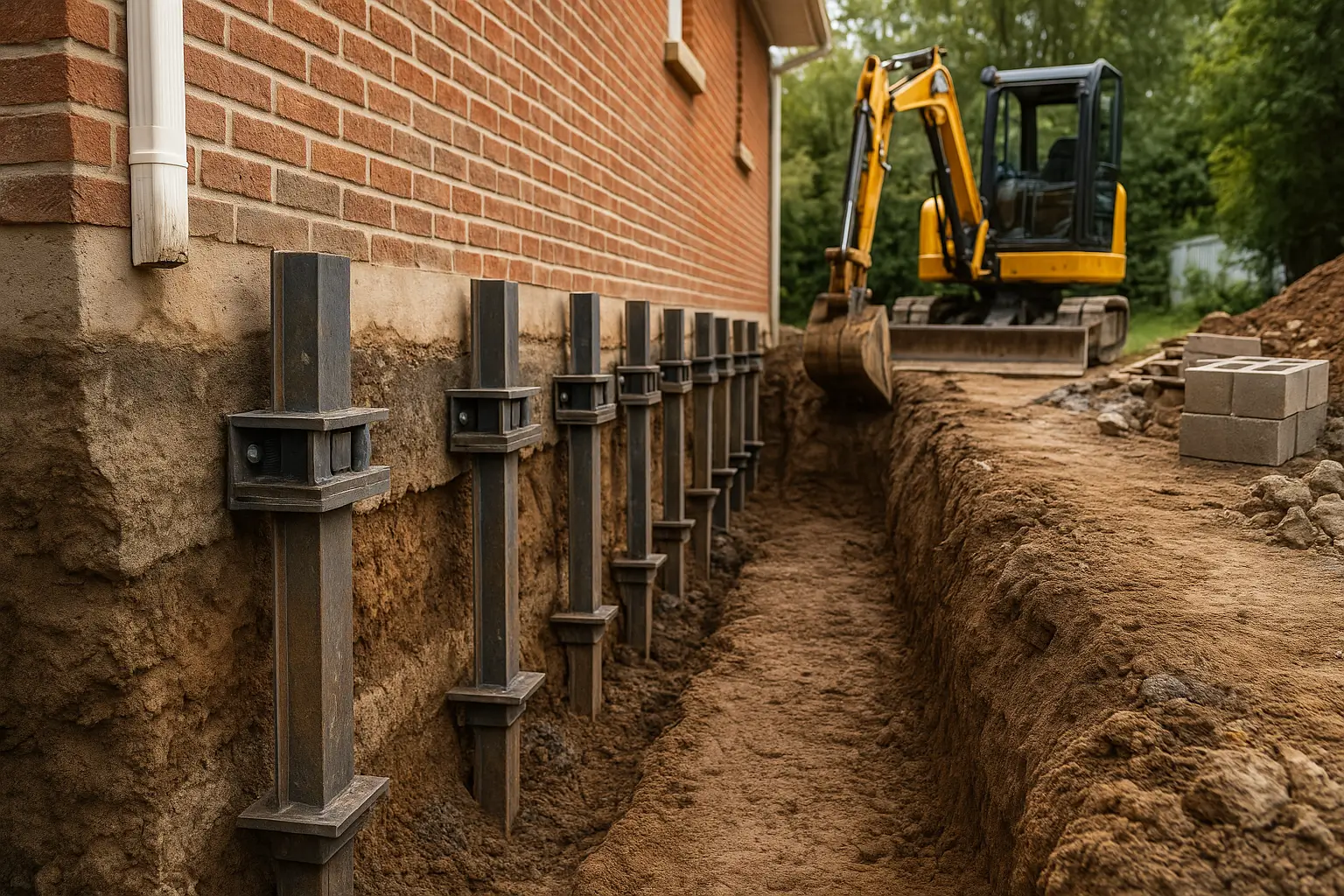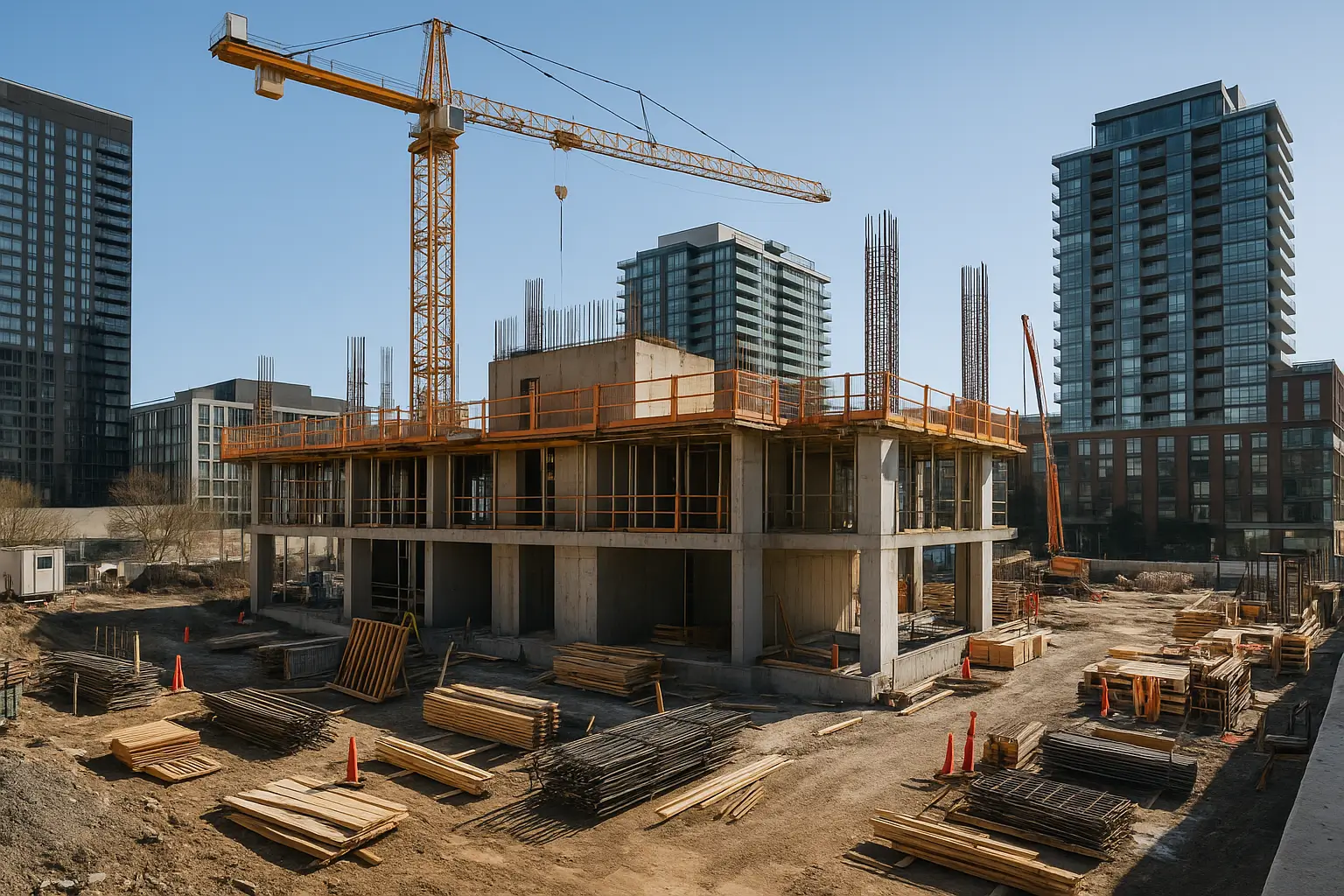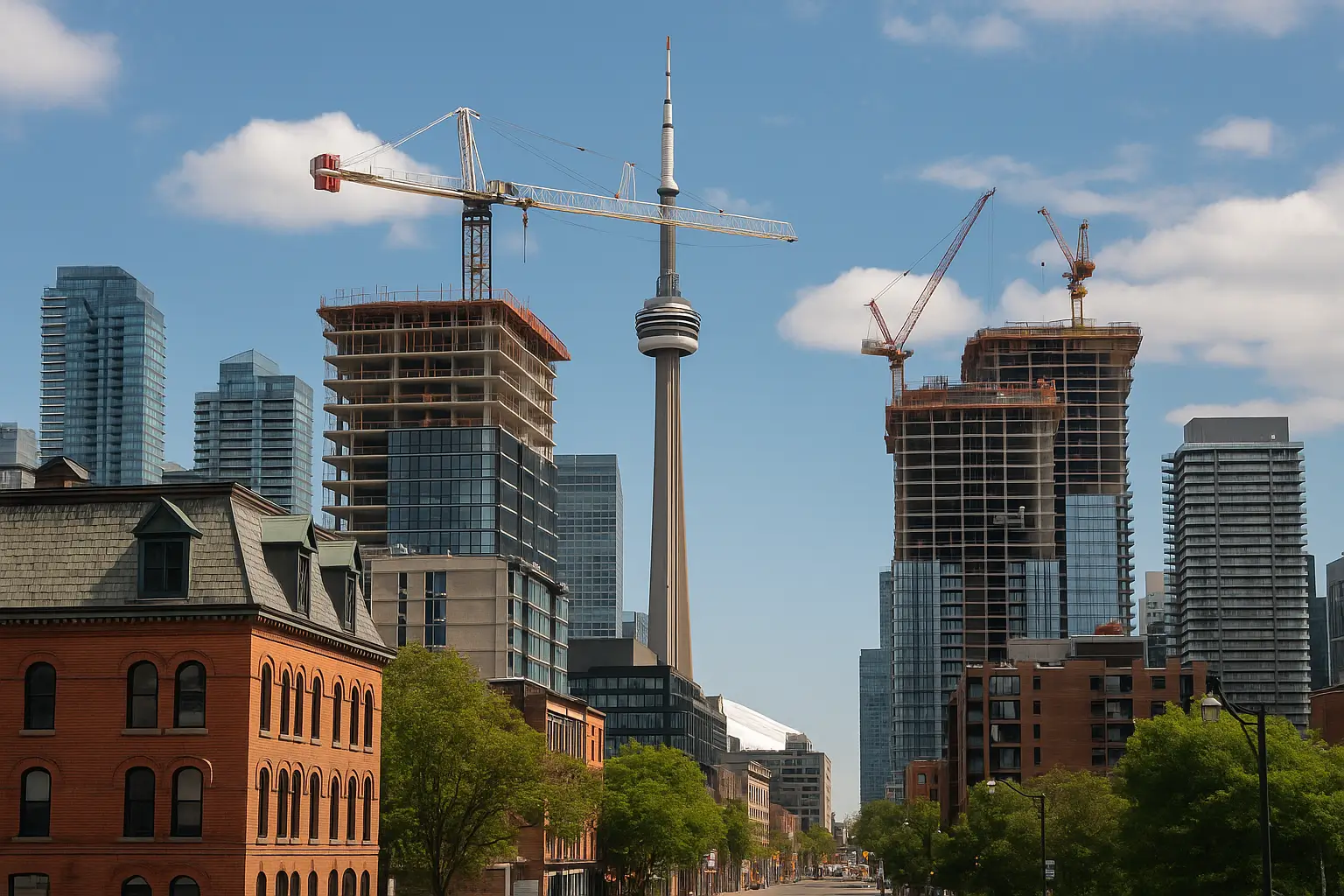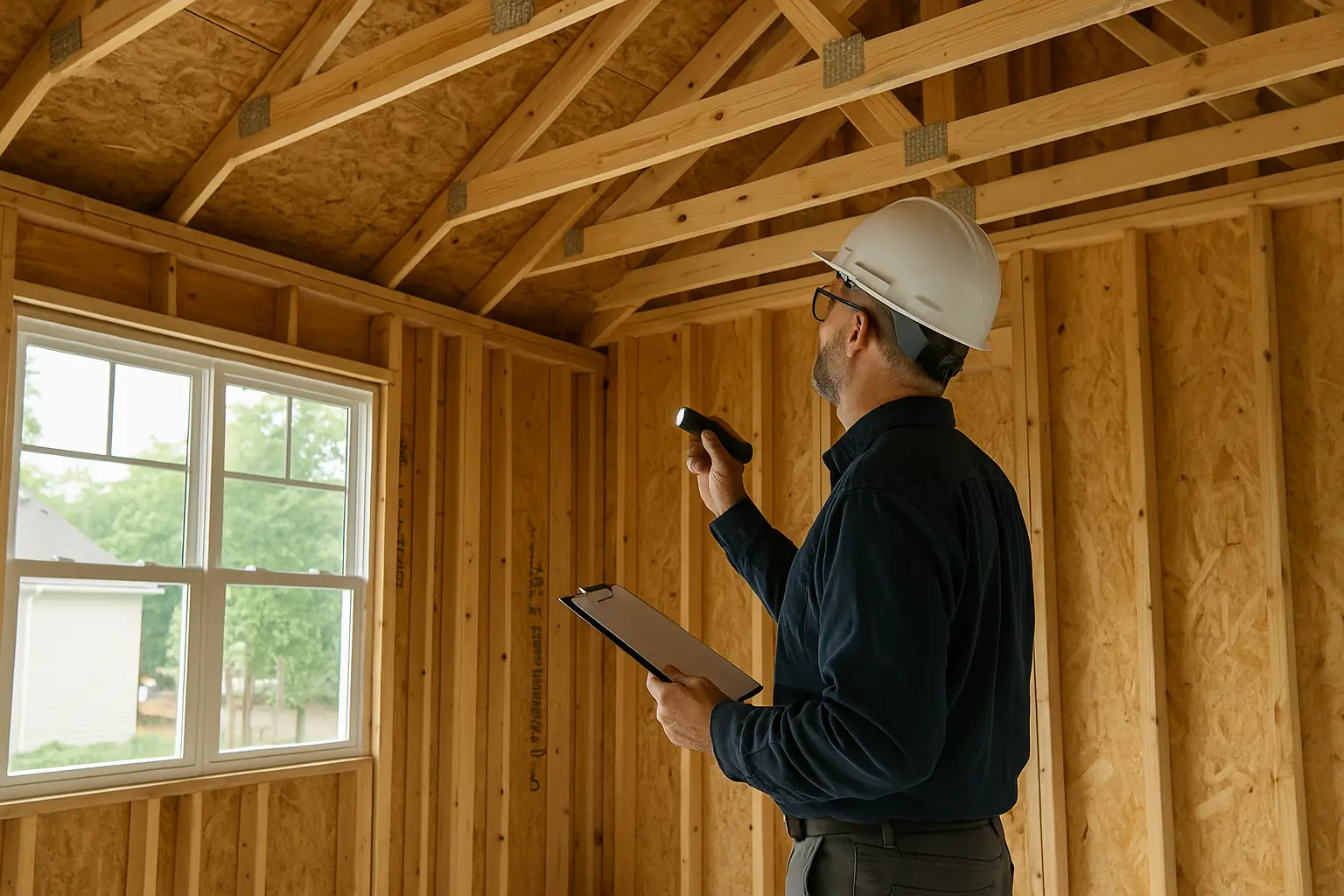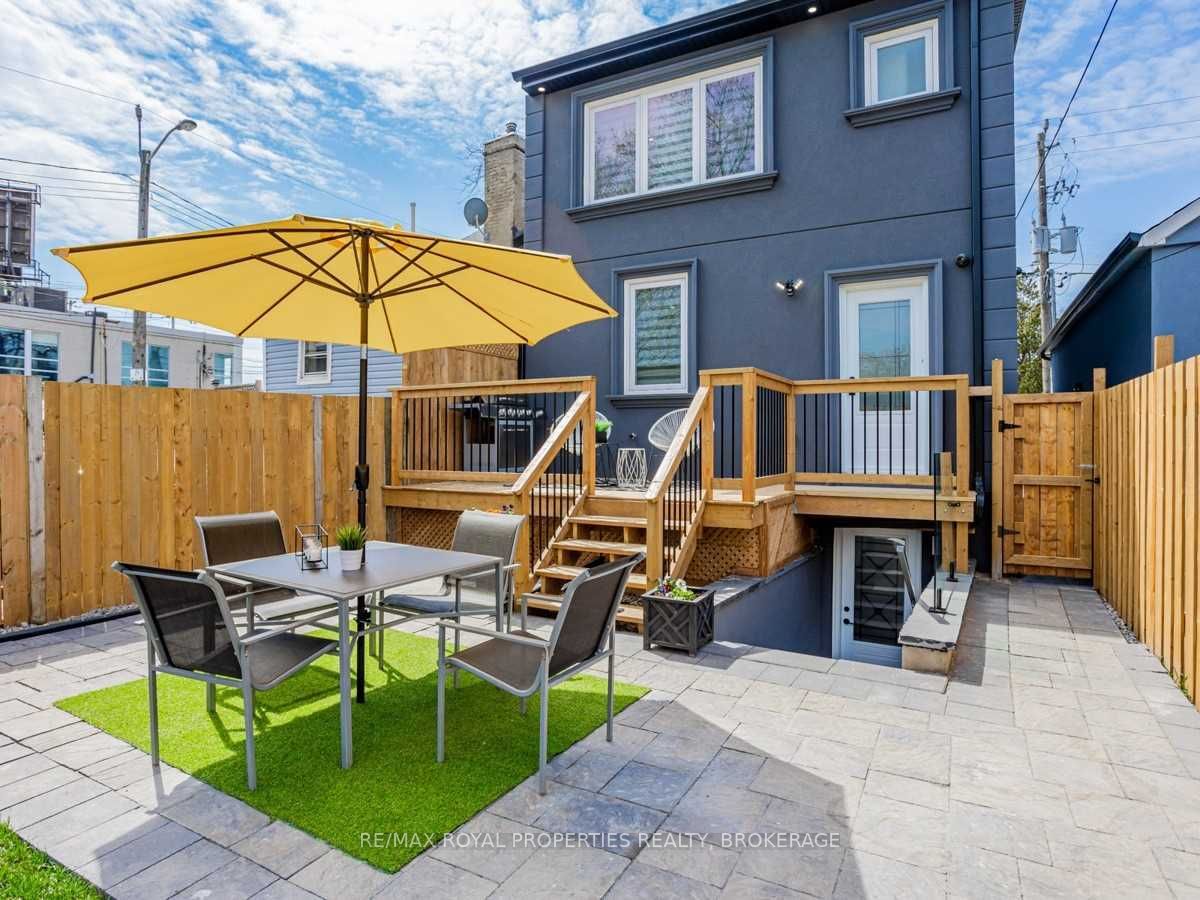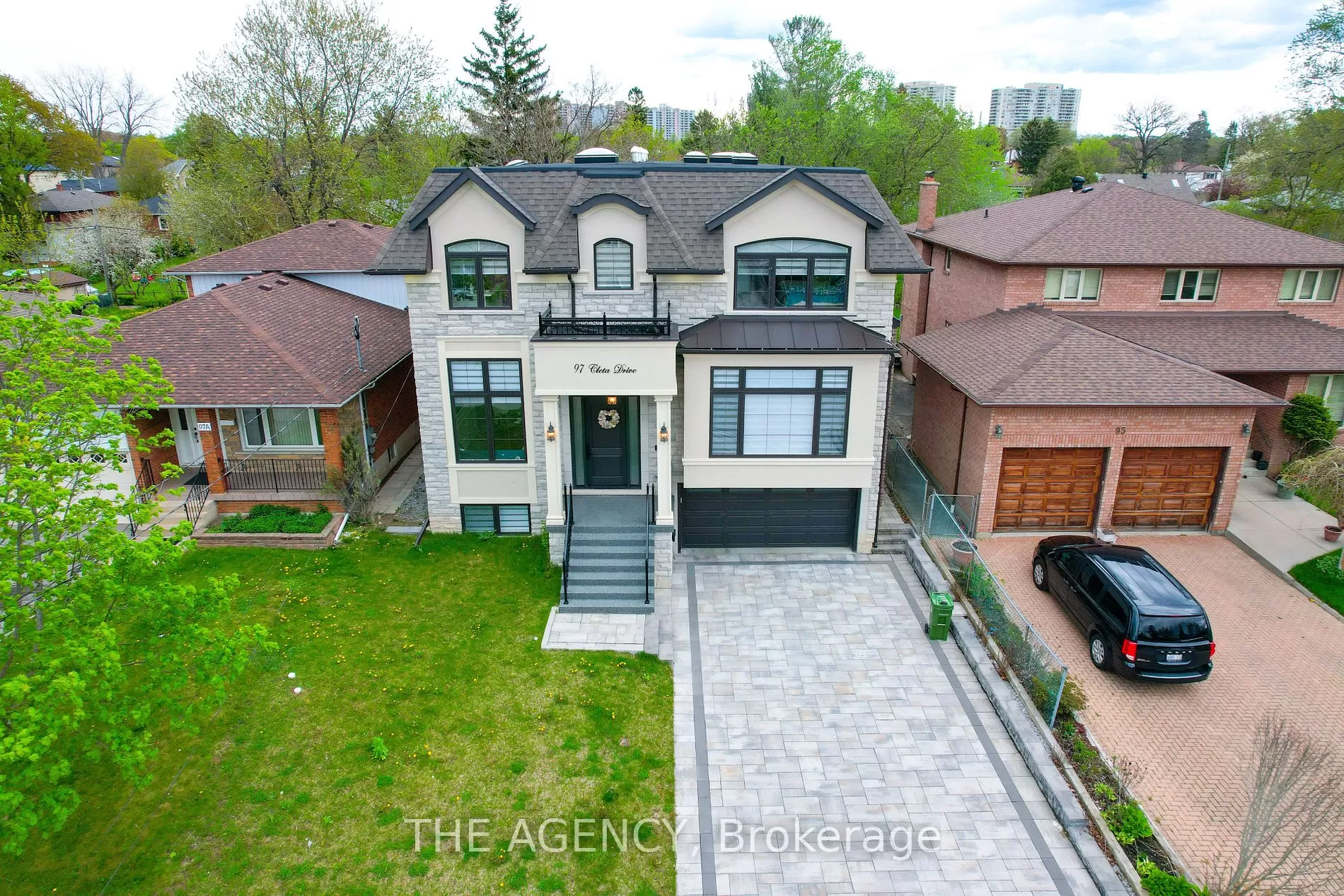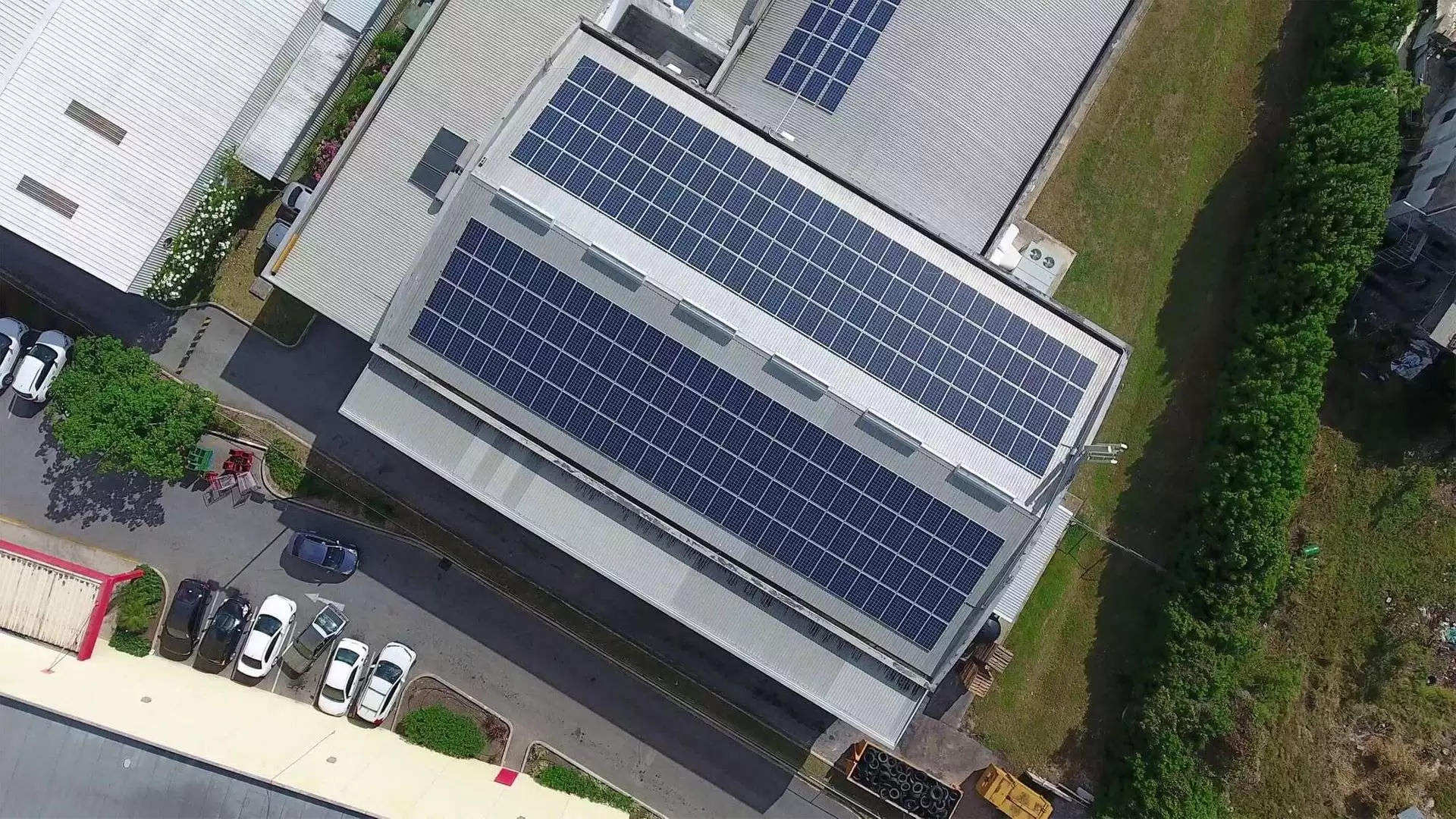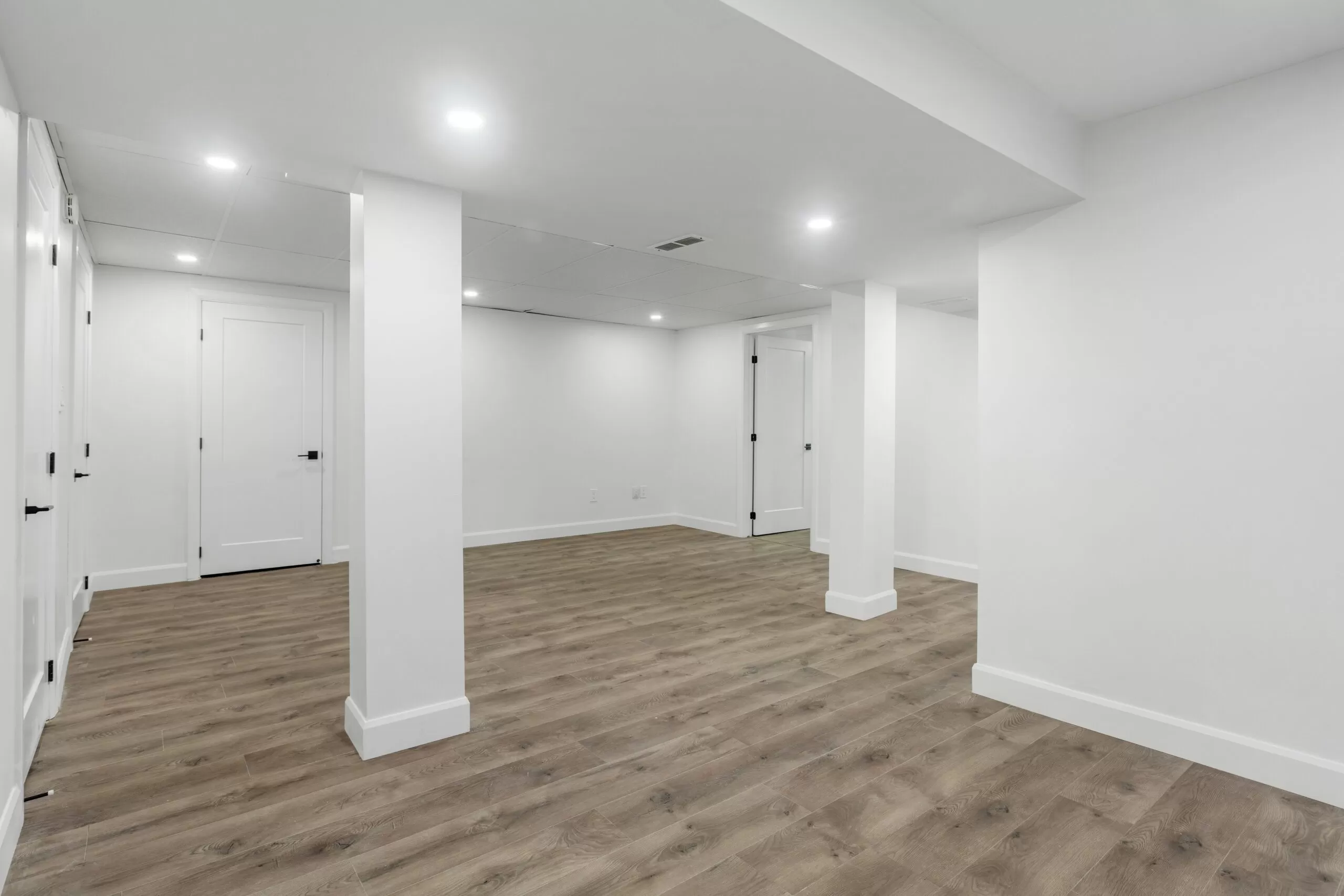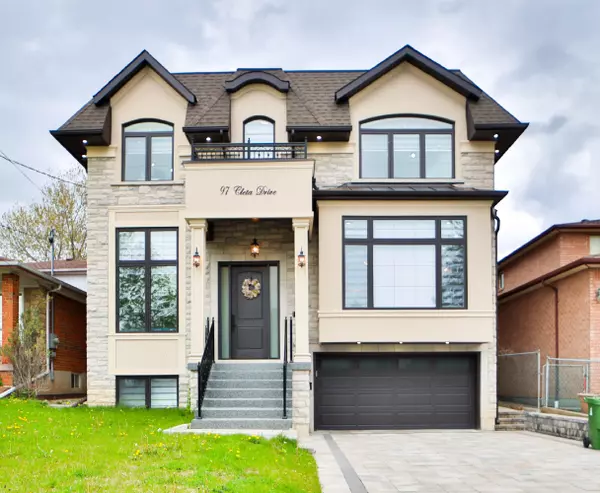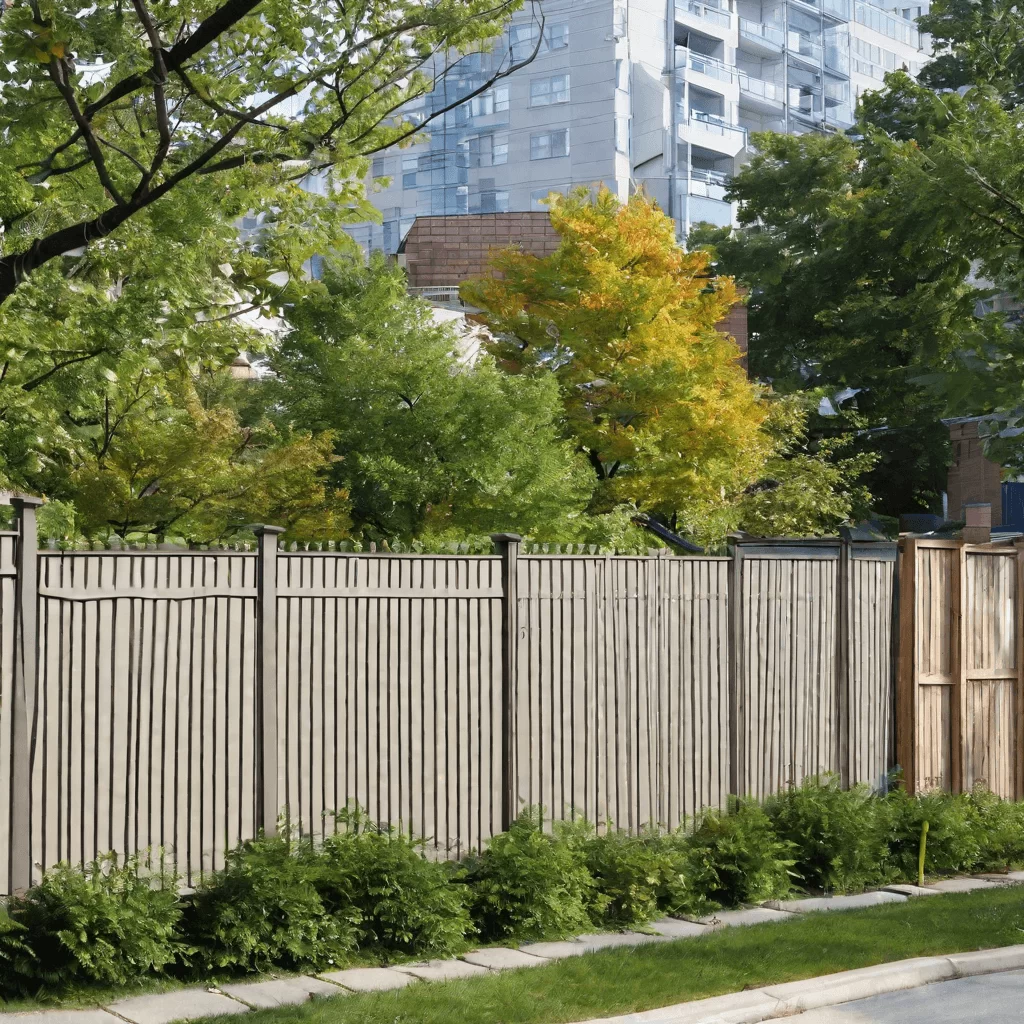Installing a fence around your property is one of the most common home improvement projects for Toronto homeowners. A beautifully crafted fence can provide privacy, security, noise reduction, property delineation, and an aesthetic enhancement to your outdoor space. However, building a fence in Toronto involves adhering to municipal regulations and bylaws, specifically the Toronto Fence ByLaw, to ensure your project is safe, legal, and considerate of community integration.
Toronto’s Fence Height Limits and Regulations
The most crucial regulation to understand when planning any fence project is the maximum allowed height as defined by the ‘Toronto Fence ByLaw.’ The City of Toronto has specific height restrictions and rules based on your fence’s placement on your lot. Adhering to these regulations ensures your fence blends harmoniously into the neighborhood aesthetic.
Front Yard Fence Heights in Toronto
For fences positioned in the front yard, which is the portion of your lot facing the street, the height is limited to a maximum of 4 feet from adjacent grade, in accordance with the ‘Toronto Fence ByLaw.’ This lower height limit serves several important purposes:
- It maintains clear sightlines from the sidewalk, street and nearby intersections. Unobstructed visibility is vital for promoting pedestrian and traffic safety.
- It preserves an open, inviting look along neighborhood streetscapes. High front yard fences can create a closed-off or unwelcoming feel.
- It aligns with the character and architecture of most homes. Front yards are designed as open, transitional spaces between the public and private realms.
The city wants to avoid fences that function as tall, opaque barriers blocking views of front yards and homes. That said, the bylaw permits small decorative fences up to 4 feet tall, such as short picket fences or planter box fences.
These can add curb appeal without negatively impacting sightlines, walkability, or the welcoming ambiance of your neighborhood.
Any proposal for a front yard fence exceeding 4 feet in height requires a permit from the city. These requests are rarely approved, as the city aims to maintain consistency across communities. Learn more about fence height in Toronto.
Side and Rear Yard Fence Height Allowances
For fences located along the side yards or rear yard of a property, the regulations are a bit more flexible. The municipal bylaw permits fences up to 6 feet in height from adjacent grades in these areas without the need for special approval.
The reasoning is that taller fences are appropriate inside and back yards to allow homeowners more privacy. Since these areas do not front public streets, extra height has less impact on community character and safety. However, there are still important considerations:
- On corner lots, the side yard facing the street is still limited to 4 feet high just like a front yard. This ensures adequate visibility at intersections.
- Side yard fences should not impede clear sightlines where private driveways meet the street.
- The extra height should only be utilized where privacy is needed, such as beside closely spaced homes. Leaving small gaps can maintain neighborhood connections.
Any proposals for side or rear yard fences exceeding 6 feet high require approval through a special permit request with the city. These exceptions are rarely granted and typically only for extenuating circumstances. Learn more about building inspection in Toronto.
Overall, the increased allowable heights for side and rear yard fences provide a good balance – satisfying homeowners’ privacy needs while still maintaining some visibility and connectivity in communities.
Special Height Considerations for Corner Lots
Corner lots require some extra diligence when planning fence heights. As mentioned, the side yard facing the street on a corner lot must adhere to the shorter 4 foot height maximum just like a front yard. This allows for adequate visibility at intersections.
However, the interior side yard and rear yard sections can still utilize the standard 6 foot height allowance. Homeowners with corner lots simply need to be aware that different height limitations apply between the street-facing side yard versus the interior sides and back.
Learn more about inspection requests.
Measuring Fence Height Correctly in Toronto
When determining if a fence complies with the maximum permitted height, the measurements must be taken from the lowest point of ground level immediately adjacent to the fence. What does this mean in practice?
- On flat lots, measure fence height from the ground on the lower side of the fence. If one side of the fence is elevated, such as the top of a retaining wall, the height must still be measured from the lower ground level.
- On multi-level, sloped or tiered lots, measure fence height from the lowest ground elevation near that section of fence. Even if the fence steps up a slope, heights are relative to the lowest adjacent grade.
Following the city’s methodology for measuring fence heights is crucial for avoiding a violation. Municipal inspectors and bylaw officers will assess height based on these guidelines. Fence height should align with specifications starting from the low point. Learn more about how to check building permit status.
Zoning Regulations for Commercial, Industrial and Institutional Sites
The fence height limits outlined so far apply specifically to residential zoned properties in Toronto. Different maximum heights are specified under the municipal zoning bylaw for fences around commercial, industrial, and institutional sites. These properties likely require taller, more secure perimeter fences and screening in keeping with their functional needs. For projects on non-residential sites, consult the city’s zoning bylaw for the applicable height regulations based on zoning designation and property use. Learn more about building permit in Toronto.
Strategies for Added Privacy Within Fence Height Limits
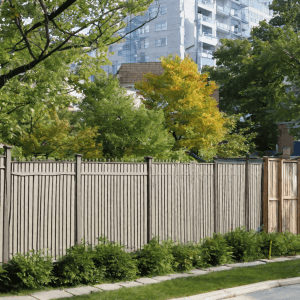
Homeowners hoping to boost privacy in their yard without contravening the city’s maximum fence height allowances do have some options:
Use solid, opaque fencing materials
The municipal fence bylaw does not restrict specific materials for the most part. Opt for materials like finished wood, masonry, or vinyl planks which fully obstruct views and screen your yard. Avoid wire mesh or chain link fences which provide less privacy.
Incorporate foliage
Planting trees, shrubs, vines and other greenery along or around the fence can augment privacy and filtration of views. Evergreens planted tightly together make excellent natural barriers. Arbors or trellises interwoven with climbing vines also limit visibility.
Add berms or retaining walls
Raising the grade around the perimeter of your yard through earthworks allows you to increase the starting point for fence height measurement. Berms, planter boxes, and retaining walls elevate the ground level so that 6 feet is measured from a higher baseline. However, approval is required for significant grading changes. The fence itself still cannot surpass 6 feet above the modified grade.
These strategies allow homeowners to boost privacy while still following the rules and respecting neighbors. Learn more about inspection requests.
When Fence Height Limit Exceptions Are Permitted in Toronto
While exceeding the standard fence height limits requires approval from the City of Toronto, exceptions are occasionally granted in extenuating circumstances:
Pool enclosure fencing
Given the significant safety implications, the city may allow increased fence heights above 6 feet high immediately surrounding a residential swimming pool. Overheight pool enclosures ensure children and unauthorized swimmers are kept out of the pool area. A building permit is required for pool fences above the norm.
Commercial, industrial and institutional sites
As outlined previously, zoning regulations allow taller perimeter fences and screening around non-residential properties as needed to provide security and deter trespassing.
Privacy concerns
If a homeowner can demonstrate that adequate privacy cannot be achieved within the permitted height limits due to unusual lot configuration or proximity to neighbors, the city may grant an exception. However, increased fence heights should not excessively overshadow or infringe on the enjoyment of adjacent properties either.
To pursue an exemption, contact Municipal Licensing & Standards to begin a review. Property owners must provide justification for the increased height through documentation of extenuating circumstances. Height limit exemptions are evaluated on a case-by-case basis – they are not automatically guaranteed approval.
The city aims to maintain adequate consistency in regulation across communities. But when unique needs arise, reasonable accommodations through the exemption process are possible.
What Factors to Consider When Choosing Fence Height

When selecting an optimal fence height for your specific property, there are a few important considerations:
The intended purpose
Determine what you want your fence to accomplish – increased privacy, enclosing a play area, concealing storage, noise reduction, or merely a cosmetic upgrade. Your needs influence the appropriate scale. For instance, a fence designed solely for aesthetics may only need to be 3 feet high, while a fence for total seclusion may be closer to the 6 foot limit.
The location on your lot
As outlined previously, location determines the height regulations. Also consider how the fence alignment influences sunlight, views, access points, and traffic flow on your property.
Lot shape and site features
An odd shaped lot with multiple corners and jogs requires more planning for harmonious placement. Existing structures, driveways, landscaping and grading also impact placement.
Zoning and aesthetics
Residential fences should align with neighborhood architectural style and the surrounding streetscape character. Additionally, commercial sites must adhere to zoning height allowances.
Future plans
If you may install a pool later on, consider building a taller rear yard fence during initial construction for cost savings.
By balancing your unique needs, property features, location, neighborhood integration, and municipal codes, you can determine the ideal fence height.
Why Following Toronto’s Fence Regulations Matters
It can be tempting for homeowners to exceed the fence height limits in order to gain maximum privacy or yard seclusion. However, violating the established regulations has negative consequences:
Avoid disputes with neighbors
Tall fences that disregard city guidelines often provoke disputes with neighboring properties. Neighbors may rightfully object to blocked views, shadows, and lack of community cohesion from non-compliant fences. Stepping outside the rules only breeds resentment.
Prevent safety hazards
Excessive front yard fence heights limit sightlines and create traffic hazards. Similarly, lengthy solid fences reduce pedestrian visibility and are uninviting for sidewalk users. Adhering to the regulations maintains collective safety for all.
Maintain neighborhood visual harmony
Consistent fence heights promote an appealing flow throughout the community. When some fences are much taller than allowed, it diminishes cohesion. Respecting the rules preserves aesthetic character.
By designing your fence within allowed parameters, you prevent unnecessary conflicts with the city and neighbors. You uphold your responsibility to prioritize public and community interests alongside your own privacy.
Conclusion
Constructing a lovely, functional, and compliant fence which meets your household needs while adhering to Toronto’s regulations involves careful planning, measurement, aesthetics, and materials consideration. Here are some key takeaways:
- Front yard fence height: 4 foot maximum
- Side and rear yard fence height: 6 foot maximum
- Measure height from the lowest ground level
- Use solid, opaque materials for privacy within height limits
- Foliage can augment privacy without excess height
- Unique needs may qualify for height exemption on a case-by-case basis
- Consider location, lot features, zoning, safety and community character
- Violating rules risks neighbor disputes, hazards, and lack of cohesion
By understanding essential regulations and recommended practices, you can install a fence tailored to your property’s specifications and privacy needs while integrating harmoniously into the neighborhood. Check with your local district’s Municipal Licensing & Standards office for additional guidance on constructing a compliant, aesthetically pleasing, and neighbor-friendly fence in Toronto.
Frequently Asked Questions
How high can fences be in Toronto?
The standard fence height limit is 4 feet in front yards and 6 feet in side/rear yards without a permit. Taller heights require an approved exemption.
Do I need a permit for a 6 foot fence in Toronto?
Fences up to 6 feet high in side/rear yards do not require a permit. But you need approval for anything taller.
What is the fine for violating Toronto’s fence bylaw?
Fines start at $200 but the city’s main goal is to gain compliance, not revenue. They want non-conforming fences lowered to legal heights.
Can I build a fence on the property line?
Fences are typically permitted directly on property lines unless they contravene other regulations. Consult the city before installing.
How long does it take to get fence approval?
It depends on the project scope. Simple permits may take 2 weeks. More complex exemptions often take 4+ weeks for review.
How do I make a complaint about my neighbor’s fence?
Contact Municipal Licensing & Standards if a neighbor’s fence appears to violate regulations. The city investigates complaints.
What materials can be used for fences in Toronto?
Most materials are permitted. Barbed wire, razor wire, electrified fences and other hazardous materials are prohibited in residential areas.
Is a fence required around a pool in Toronto?
Yes, pool enclosures with self-closing and self-latching gates are mandatory to prevent unsupervised access.
Can I install a fence on the property line without asking my neighbor?
Ideally, discuss with your neighbor first to prevent any disputes. But generally, fences along property lines are allowed.
How do I object to my neighbor building a fence?
First discuss concerns politely with your neighbor to find a compromise. If that fails, contact the city regarding bylaw violations but disputes can become adversarial.

